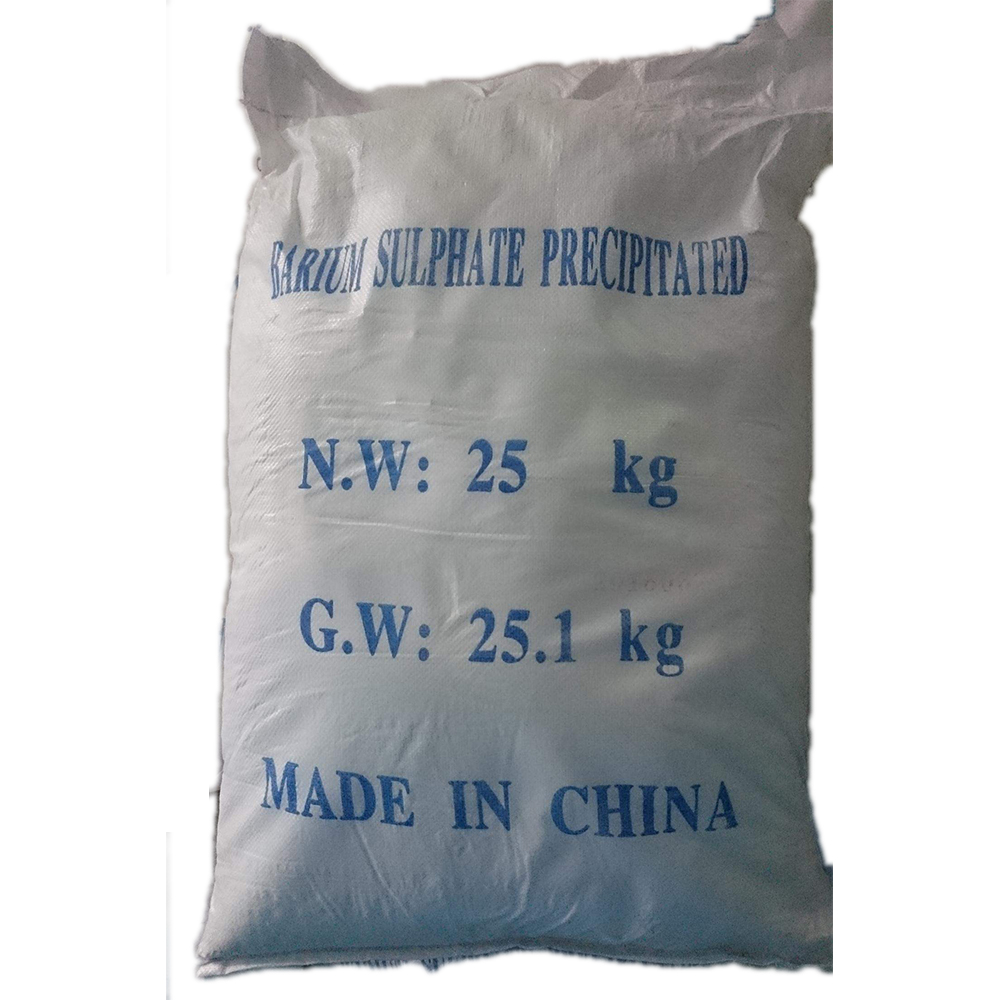



Chemicals Employed in Wastewater Treatment Facilities for Effective Effluent Management
Chemicals Used in Effluent Treatment Plants
Effluent treatment plants (ETPs) play a critical role in managing and mitigating the impact of wastewater on the environment. They utilize a variety of chemicals to treat wastewater, transforming it from a hazardous substance into a cleaner and safer form before releasing it back into the environment or reintroducing it into the water cycle. Understanding the chemicals involved in this process is essential for optimizing treatment efficiency and ensuring environmental compliance.
1. Coagulants
One of the most commonly used types of chemicals in effluent treatment is coagulants. These substances help in the aggregation of suspended particles in wastewater, allowing them to form larger and heavier floccules that can be easily removed from the water. Aluminum sulfate (alum) and ferric chloride are two widely used coagulants. By adding these chemicals to the effluent, smaller particles can be destabilized, leading to improved sedimentation in downstream processes.
2. Flocculants
While coagulants initiate the process of particle aggregation, flocculants are added to enhance the formation of flocs. These long-chain polymers increase the size and weight of the flocculated particles, facilitating their removal through sedimentation or filtration. Common flocculants include polyacrylamides and natural organic polymers. The use of flocculants is particularly important in the treatment of textiles and paper effluents, where high concentrations of suspended solids are prevalent.
3. pH Adjusters
The chemical composition of wastewater varies greatly, often resulting in pH levels that are either too low (acidic) or too high (alkaline) for effective treatment. pH adjusters, such as sulfuric acid or sodium hydroxide, are employed to modify the pH to a neutral range, typically around 7. This adjustment is critical because many biological treatment processes function optimally at neutral pH levels. Maintaining an appropriate pH also helps in the better precipitation of heavy metals, which can otherwise remain in solution.
chemicals used in effluent treatment plant

To ensure that treated effluent does not harbor harmful pathogens, disinfectants are used as a final step in the treatment process. Chlorine and ultraviolet (UV) light are two popular methods for disinfection. Chlorination involves adding chlorine gas or hypochlorite solutions to kill bacteria, viruses, and other microorganisms. However, it is important to manage chlorine levels carefully, as residual chlorine can be toxic to aquatic life. On the other hand, UV disinfection offers a chemical-free alternative that effectively neutralizes pathogens without the risk of harmful byproducts.
5. Defoamers
Foaming can be a significant issue in effluent treatment, disrupting processes and leading to operational inefficiencies. Defoamers or anti-foaming agents are chemically formulated to reduce surface tension and prevent foaming. Commonly used substances include silicone-based compounds and natural oils. By controlling foam formation, these agents contribute to smoother operations and improve the equipment's efficiency.
6. Nutrients
In certain cases, particularly in biological treatment processes, the addition of nutrients such as nitrogen and phosphorus may be required. These nutrients support the growth of microorganisms essential for breaking down organic matter. Balancing nutrient levels is crucial, as excessive nutrients can lead to eutrophication in the receiving water bodies, causing detrimental ecological impacts.
Conclusion
The chemicals used in effluent treatment plants are vital for ensuring that wastewater is effectively treated before its release into the environment. From coagulants and flocculants to disinfectants and pH adjusters, each chemical plays a specific role in the treatment process, enhancing the efficiency of wastewater management systems. As environmental regulations become stricter and the global demand for clean water increases, continued research and development of more effective and eco-friendly chemicals will be essential for the future of effluent treatment. Ultimately, the goal is to safeguard our water resources while promoting sustainable practices in industry and agriculture.
-
Why Sodium Persulfate Is Everywhere NowNewsJul.07,2025
-
Why Polyacrylamide Is in High DemandNewsJul.07,2025
-
Understanding Paint Chemicals and Their ApplicationsNewsJul.07,2025
-
Smart Use Of Mining ChemicalsNewsJul.07,2025
-
Practical Uses of Potassium MonopersulfateNewsJul.07,2025
-
Agrochemicals In Real FarmingNewsJul.07,2025
-
Sodium Chlorite Hot UsesNewsJul.01,2025










